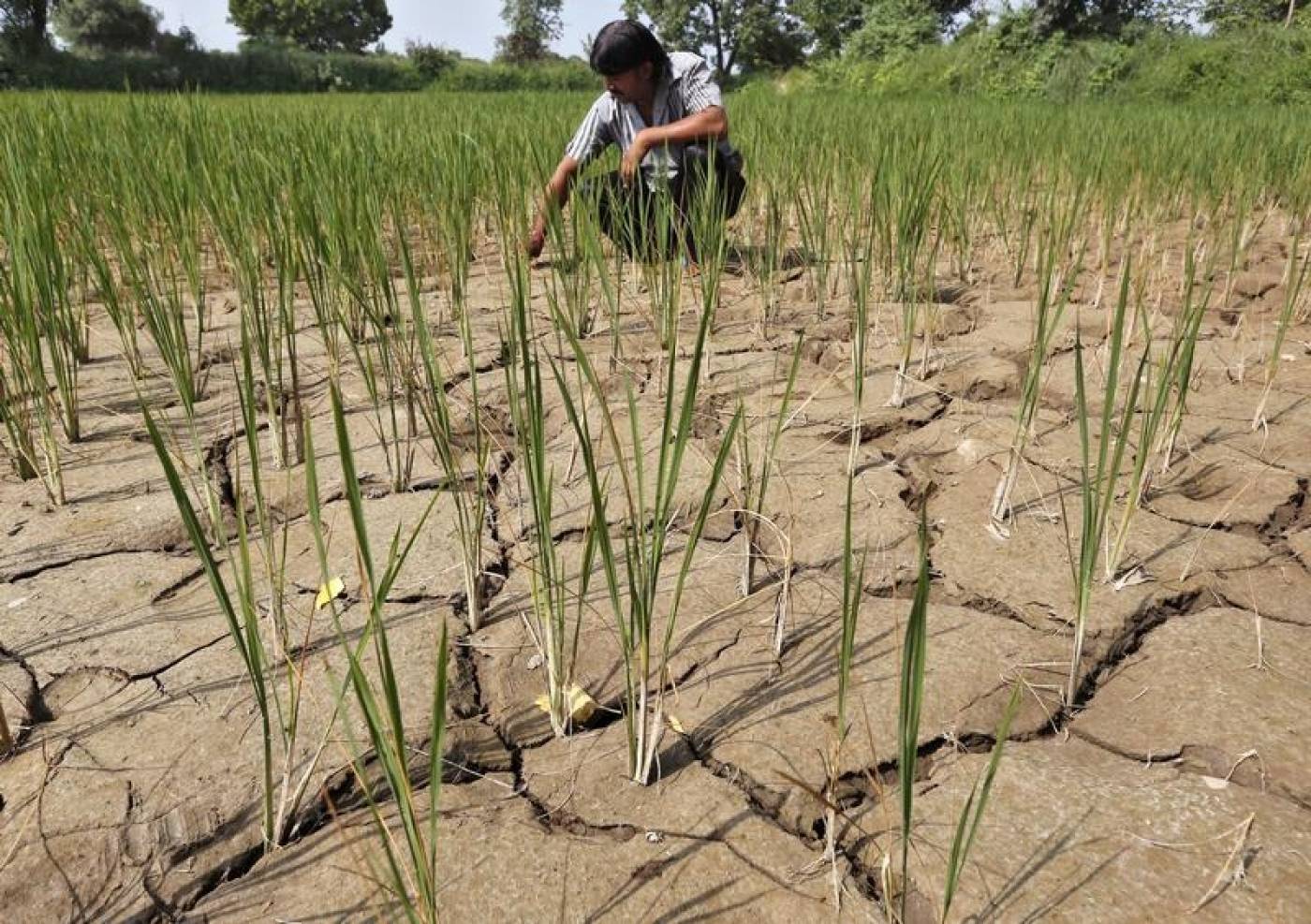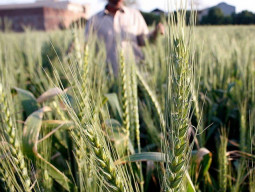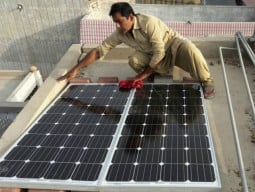
The committee, which met on Tuesday and headed by Sher Zaman Khan, also estimated 6% shortfall in water supply for crops in the late Kharif season. It held the meeting to discuss and approve water availability in the 2019 Kharif season, which runs from April to September, and other related matters, said an Irsa spokesman.
All Irsa members, chief engineering adviser, representatives of water and power members of the Water and Power Development Authority (Wapda) and representatives of agriculture and irrigation secretaries of provinces attended the meeting.
Committee members noted that water situation would be better in the current season compared to the previous year as the hydro-meteorological scenario had improved.
They pointed out that the indicated water shortage would be equally shared by Punjab and Sindh whereas Balochistan and Khyber-Pakhtunkhwa (K-P) would be exempted from the shortfall according to existing arrangements.
Punjab is expected to receive 33.11 million acre feet (maf) of water in the Kharif season compared to 29.19 maf in the previous year.
Sindh is anticipated to get 30.17 maf compared to 27.75 maf last year. K-P will get about 820,000 acre feet compared to 990,000 acre feet in the same period of previous year and Balochistan is expected to receive 2.81 maf compared to 1.69 maf last year. Sindh, however, advocated that water should be distributed as per para-2 of the Water Apportionment Accord 1991 while Punjab was of the view that Irsa’s present three-tier arrangement was very much within the ambit of the accord.
Irsa members pointed out that the issue had remained pending with the Attorney General of Pakistan. Its point of view was awaited, which would be discussed and decided by the Council of Common Interests (CCI). Till then, the existing arrangement would remain in place.
There were also discussions on the expected conveyance losses in the system. Sindh suggested 35% and Punjab proposed 25% losses in the Indus Zone. The advisory committee approved 35% losses.
It was agreed that an Irsa team along with representatives of International Sedimentation and Research Institute, a subsidiary of Wapda for calculation of actual water discharge, would make surprise visits to different barrages and examine actual water flow in the system.
It was decided that the executive engineers found to be reporting incorrect discharges would face strict action.
On the request of GM Tarbela who called for keeping the Tarbela dam level below 1,430 feet up to July 15 to cope with operational constraints of tunnel-3, which was being repaired, Irsa and provinces argued that it would not be advisable to keep water in Tarbela dam at lower levels as it may endanger the filling of the dam in the current Kharif sowing season.
Published in The Express Tribune, April 3rd, 2019.
Like Business on Facebook, follow @TribuneBiz on Twitter to stay informed and join in the conversation.












































COMMENTS
Comments are moderated and generally will be posted if they are on-topic and not abusive.
For more information, please see our Comments FAQ